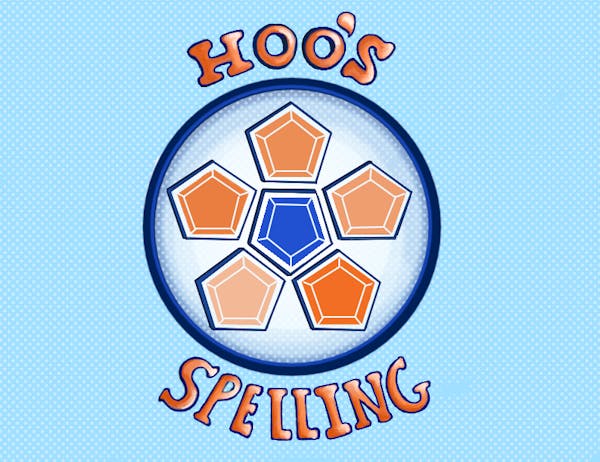"The Cell" may be one of the year's most beautiful films, but it's no pretty picture.
In fact, the film's shock value at times overshadows the plot and brilliant visuals, making for an emotionally hollow experience.
"The Cell" begins in the middle of an important high-tech scene. It's temporarily disorienting, but helps suspend disbelief.
The Campbell Center, a scientific research company, experiments with a new technology that enables scientists to connect people together, allowing them to enter each other's subconscious minds. The company uses its knowledge to get into the mind of a young man who is catatonic.
An inexperienced but devoted and effective child psychologist, Catherine Deane (Jennifer Lopez), enters the boy's mind to try to bring him back into reality.
As she races against the clock to reach him, boyish serial killer Carl Stargher (Vincent D'Onofrio), tortures and kills young women before leaving their bodies to be found.
The murderer kidnaps and drowns his victims in a large cell, which automatically fills with water over time.
When he carelessly leaves behind a clue, the FBI tracks him down. But he suffers a severe seizure, leaving him comatose before the police arrive.
Unfortunately, his latest victim is still alive, but trapped in the cell, so lead investigator Peter Novak (Vince Vaughn) seeks out the Center's technological help.
Catherine reluctantly agrees to go inside Carl's diseased mind to find the missing girl's whereabouts and the film plunges into a perverse, visually breath-taking fantasy world.
The psychological landscapes more closely resemble classical paintings than movie sets. They're eye candy and like candy, they're wonderfully sweet and sometimes painfully tart. But they have very little substance.
Music video veteran and first-time feature film director Tarsem Singh exhibits a visual sense so compelling that it keeps the viewer absorbed, no matter how grueling the scene. It also makes a few plot holes forgivable.
The gifted D'Onofrio gives a tour-de-force performance as the homicidal maniac with the soul of an abused child. Lopez is simply passable as a therapist and Vaughn is believable but too young and emotionally flat to fill the shoes of a veteran FBI agent.
The film doesn't linger too much on gruesome details, but the intensity of the violence towards women in the film is surprising.
To be fair, there also is a great deal of violence against men in the film. Both D'Onofrio and Vaughn are subjected to unmentionable tortures, so it's unfair to stereotype this film as woman-hating. In the interest of political correctness, "The Cell" advocates equal-opportunity torture and homicide.
Since the main attraction here is the scenic cinematography (an Oscar nomination is inevitable), audiences will probably be shocked at how many effective "jump" scares and other old-fashioned horror techniques are applied to great effect. It disarms the viewer before going in for the attack.
"The Cell"'s main flaw is drastically stressing style over substance. But that's to be expected when a director moves from the music video medium to film for the first time.
This visual feast may cause indigestion, but it tastes good while it lasts.






